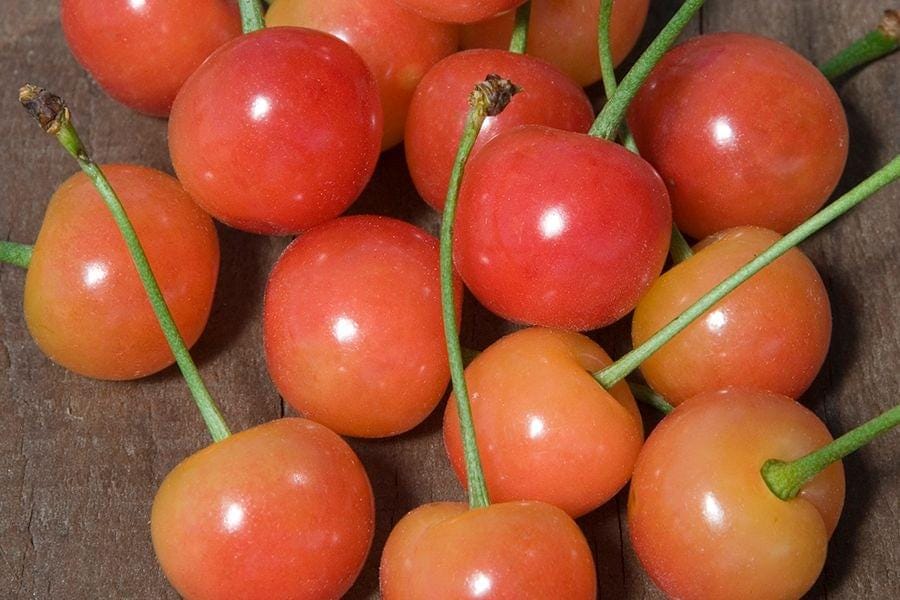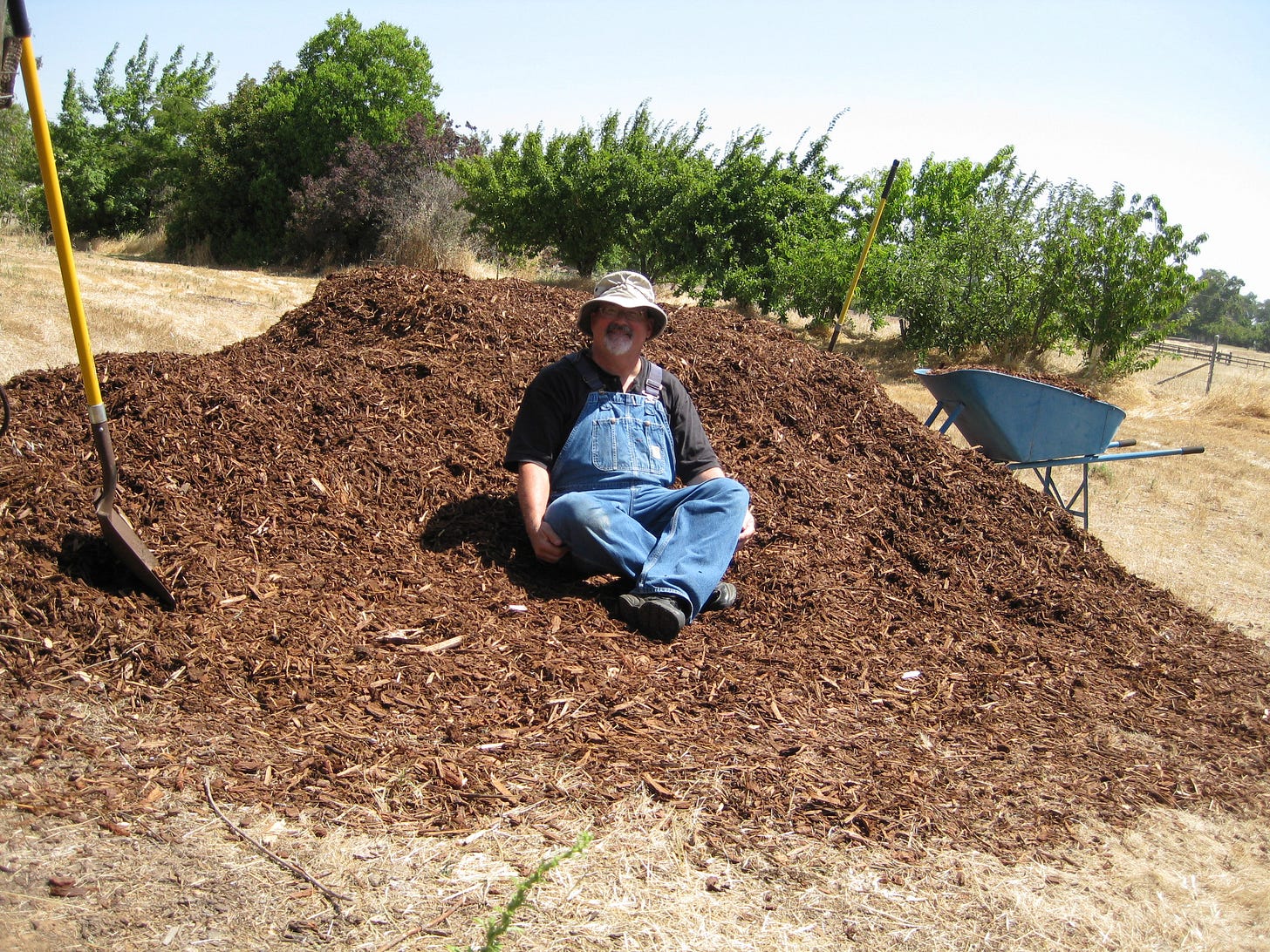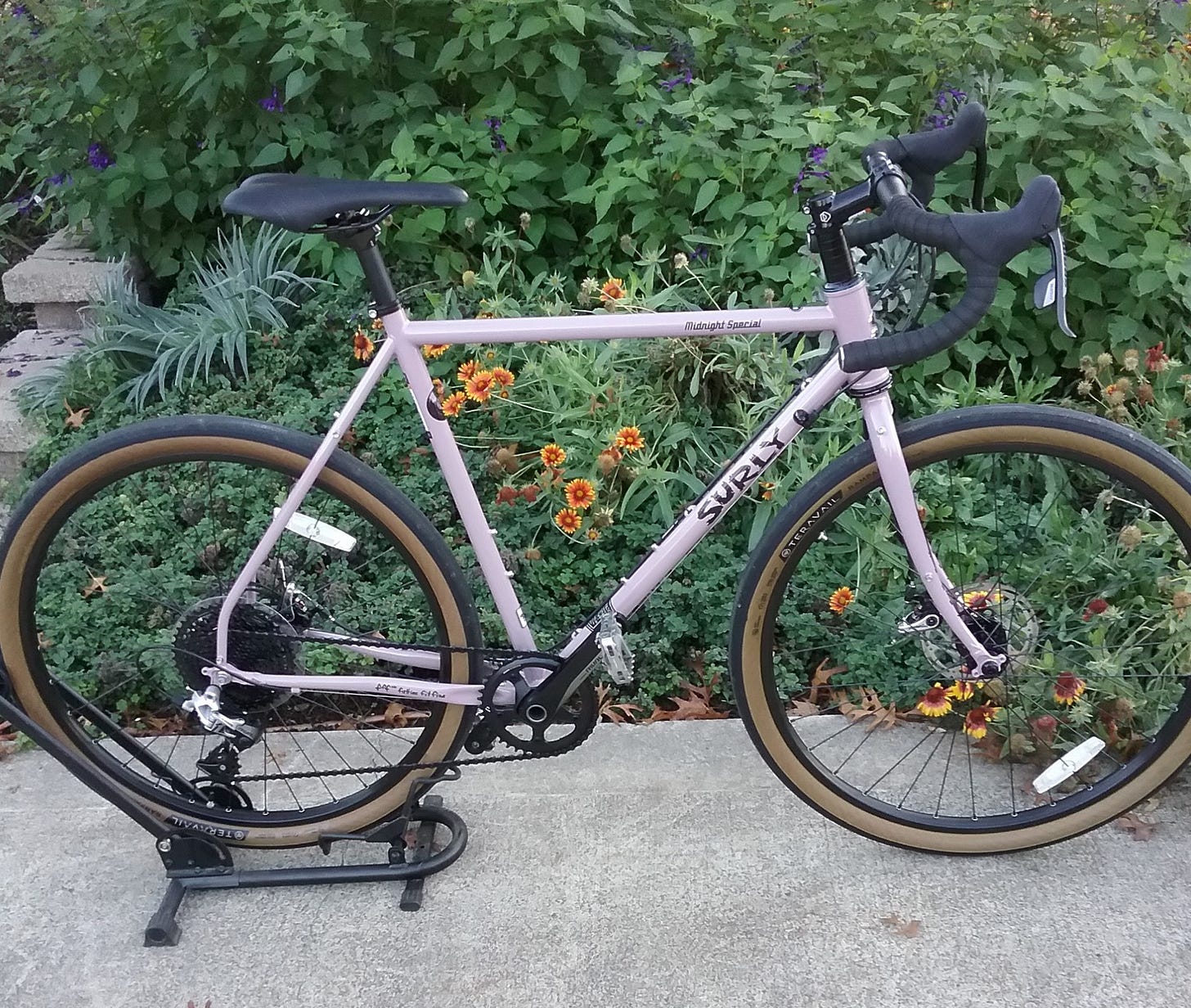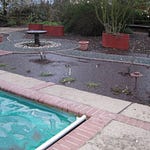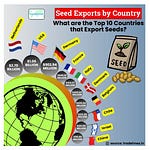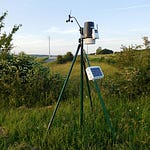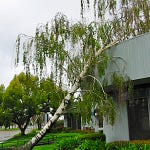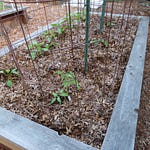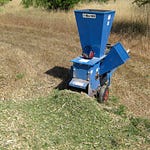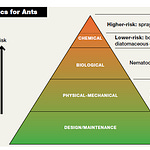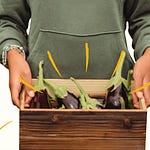Before we delve into the soil, fertilizer in hand, a quick review of what was on the Garden Basics with Farmer Fred podcast this past week;
Tuesday, May 28, Ep. 338: Zucchini Sex! Which cherries are best for cooking?
Questions tackled on this episode include answering questions about squash that is slow to produce healthy looking fruit (it’s due to the lousy sex life of male and female squash flowers this time of year: “it’s too hot!”, “it’s too cold!” “I’m hungry!” “I’m too full!” (See? Plants are just like us. Except they don’t get headaches.) And, some kind words about growing tart/sour cherry trees. They’re great in pies!
Takeaways from Ep. 338
• Squash, melons, and cucumbers have male and female flowers on the same plant, and successful pollination requires synchronized flowering.
• Pollinators like bees play a crucial role in transferring pollen between male and female flowers.
• When fertilizing plants, it's important to consider the temperature and nutrient concentration, especially with synthetic fertilizers.
• Organic fertilizers tend to have lower nutrient concentrations and are less likely to cause burning or osmotic problems.
• Cherry trees, particularly tart cherries, require good drainage to prevent root rot.
Friday, May 31 - Ep. 339 How to Water Clay Soil (and more tips for gardening in clay!)
In this episode of Garden Basics with Farmer Fred, the focus is on how to water clay soil and other tips for gardening in clay. Debbie Flower, America’s Favorite Retired College Horticultural Professor, shares valuable insights on the topic. The episode covers the characteristics of clay soil, the importance of organic matter, watering techniques, mulching, and the use of cover crops. The conversation also delves into the impact of soil structure on crop production and the benefits of no-till and cover cropping practices.
Takeaways From Ep. 339
• Understanding the characteristics of clay soil and the importance of organic matter in improving its quality.
• Learning effective watering techniques for clay soil, including surge irrigation and the use of moisture meters.
• Recognizing the benefits of mulching and the use of cover crops to enhance soil structure and promote healthy plant growth.
When Should You Fertilize Your Plants?
From the garden e-mail bag, Danny has been thinking about fertilizing, probably a little bit harder than most of us gardeners: “I am wondering if at a particular temperature, plants can’t feed themselves. Do they just need water if it’s too hot? What time of day is best for feeding the plants: during the day, or at night? Or do they need the sun to eat?”
Those were good questions, which we took up on the Garden Basics podcast. You can hear that segment in today’s newsletter podcast post.
According to retired college horticulture professor Debbie Flower, Danny is on to a very important aspect of correct fertilization techniques in the garden: plants can’t absorb fertilizer, if it’s too hot.
“Research shows that above 86 degrees Fahrenheit, plants don't use fertilizer, don't absorb nutrients,” explains Flower. “They're just pumping water through their system to keep themselves cool, much like a human would sweat in a very hot situation. He asks if they need sun to eat. Plants do need sun to make food. Plants are autotrophs, meaning they feed themselves. ‘Auto’ means self. And they use nutrients which are gathered primarily through the roots and some from the air through the stoma on the leaves to make their own food. And that food would only happen when the plant can collect the energy from the sun or other light source.”
Flower also explains that when we fertilize, that food is being processed and absorbed primarily underground, by the plant roots. “When we fertilize, we are just putting nutrients into the growing media. That growing media, in most cases, is the soil outdoors. It can also be the soilless mix in a container you have for a houseplant. Whatever the roots are growing in, that is the media I'm talking about. And that's where the nutrients need to be, that the plant will then absorb. We can apply those nutrients at pretty much any time of day or night. But we really want to apply the nutrients when it's cooler. All we're doing is loading the root zone with the nutrients that the plant then will collect when it's ready to make its own food. The one caveat is it's recommended we not fertilize at very high temperatures, above 86 degrees. If we get any fertilizer on the leaves of the plant, we might cause burning, especially if we applied too much fertilizer at any one time. We can cause burning, because the plant only has a limited ability to choose what it absorbs. If the growing media is just completely full of nutrients, and it's above 86 degrees and the plant is trying to just pump water through itself, it may not be able to get just water if there's too much of the nutrients in the root zone or too much when applying it. Those are the reasons we don't apply when temperatures are very high. We want the plant to be able to get just water to keep itself cool when it’s hot.”
The source of the fertilizer is also critical. “Plant injury can happen more easily when applying synthetic fertilizers in hot weather,” says Flower. “When we apply organic fertilizer, however, they tend to have a much lower concentration of nutrients in them. And they are in larger molecular sizes and need to be broken down by natural processes before the plant can get them. So, it's a slow release. It happens over time. It happens with the activity of weather as well as microorganisms and macro-organisms like worms, that break down that organic material and release those nutrients more slowly. So, we tend to be safer applying the organic ones. We tend to have less fertilizer burning with organic fertilizers.”
But if you're using lots of mulch, you may not even need to apply any fertilizer at all, says Flower.
“Using organic matter can apply all the nutrients that you need,” says Flower. Remember that the source of the nutrients for the plant is in the growing media. We put the nutrients in, or nature does, by digesting the dropped leaves, for example, creating a natural compost below the plant. Put it in the growing media and then the plant will take that up when the plant needs it.” Good sources of mulch for the garden include chipped/shredded tree parts, straw, fallen and shredded leaves, or aged compost.

Thanks for reading Beyond Basics: The Garden Basics with Farmer Fred Newsletter! Subscribe for free to receive new posts and support my work.
Thank you for also listening to the Garden Basics with Farmer Fred podcast! It’s available wherever you get your podcasts. Please share it with your garden friends.
Fred Hoffman is also a University of California Cooperative Extension Master Gardener in Sacramento County. And he likes to ride his bike(s).



